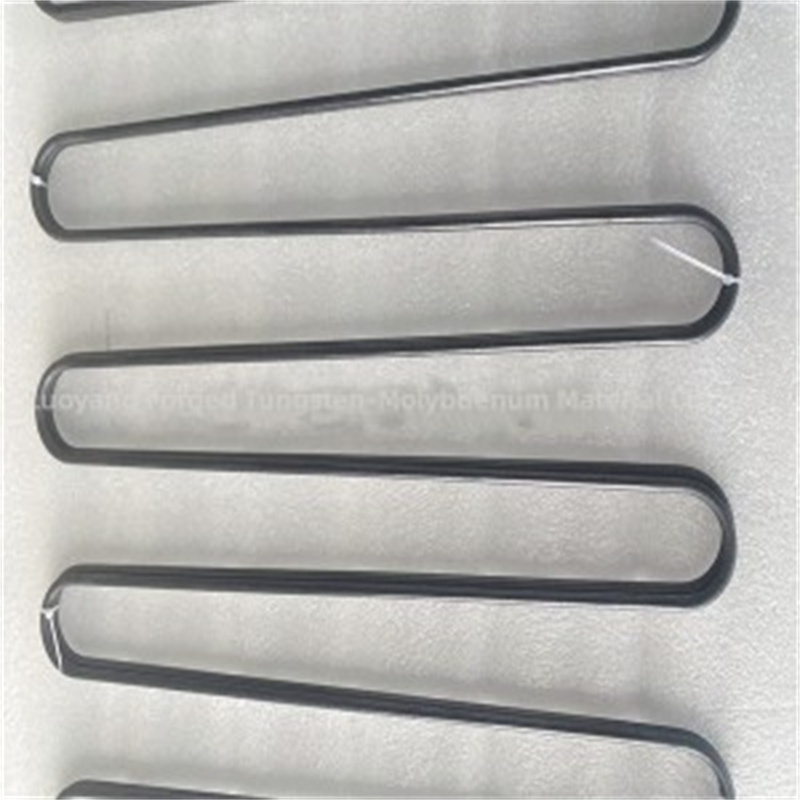what happens when tungsten gets hot?
When tungsten gets hot, it exhibits a number of interesting properties. Tungsten has the highest melting point of all pure metals, at over 3,400 degrees Celsius (6,192 degrees Fahrenheit). This means that it can withstand extremely high temperatures without melting, making it an ideal material for applications that require high-temperature resistance, such as incandescent light bulb filaments, heating elements, and other industrial uses.
At high temperatures, tungsten also becomes highly resistant to corrosion, making it suitable for use in environments where other metals would degrade. In addition, tungsten has a very low coefficient of thermal expansion, meaning it does not expand or contract significantly when heated or cooled, which makes it useful in applications requiring dimensional stability at high temperatures.Overall, when tungsten gets hot, it retains its structural integrity and exhibits unique properties that make it extremely valuable in a wide range of high-temperature applications.
Tungsten wire is a commonly used material in the fields of electrical appliances, lighting, etc. It may expand due to the influence of high temperature during long-term use. Tungsten wire undergoes expansion and contraction during temperature changes, which are determined by its physical properties. When the temperature increases, the molecular thermal motion of the tungsten wire increases, the interatomic attraction weakens, leading to a slight change in the length of the tungsten wire, that is, expansion phenomenon occurs.
The expansion of tungsten wire is linearly related to temperature, that is, as the temperature increases, the expansion of tungsten wire also increases. Normally, the temperature of tungsten wire is related to its electrical power. In general electrical equipment, tungsten wire generally operates between 2000-3000 degrees Celsius. When the temperature exceeds 4000 degrees, the expansion of the tungsten wire increases significantly, which can lead to damage to the tungsten wire.
The expansion of tungsten wire is caused by the intensification of molecular thermal motion and the increase of atomic vibration frequency after being heated, which weakens the attraction between atoms and leads to an increase in atomic distance. In addition, the rate of expansion and relaxation of tungsten wire is also affected by stress changes. Under normal circumstances, tungsten wire is subjected to stress fields in different directions, resulting in different expansion and contraction situations at different temperatures.
The temperature change of tungsten wire can cause expansion phenomenon, and the expansion amount is proportional to the temperature and is affected by stress changes. When designing and manufacturing electrical equipment, it is necessary to control the working temperature and stress situation of the tungsten wire to avoid excessive expansion of the tungsten wire in high-temperature environments and damage.
